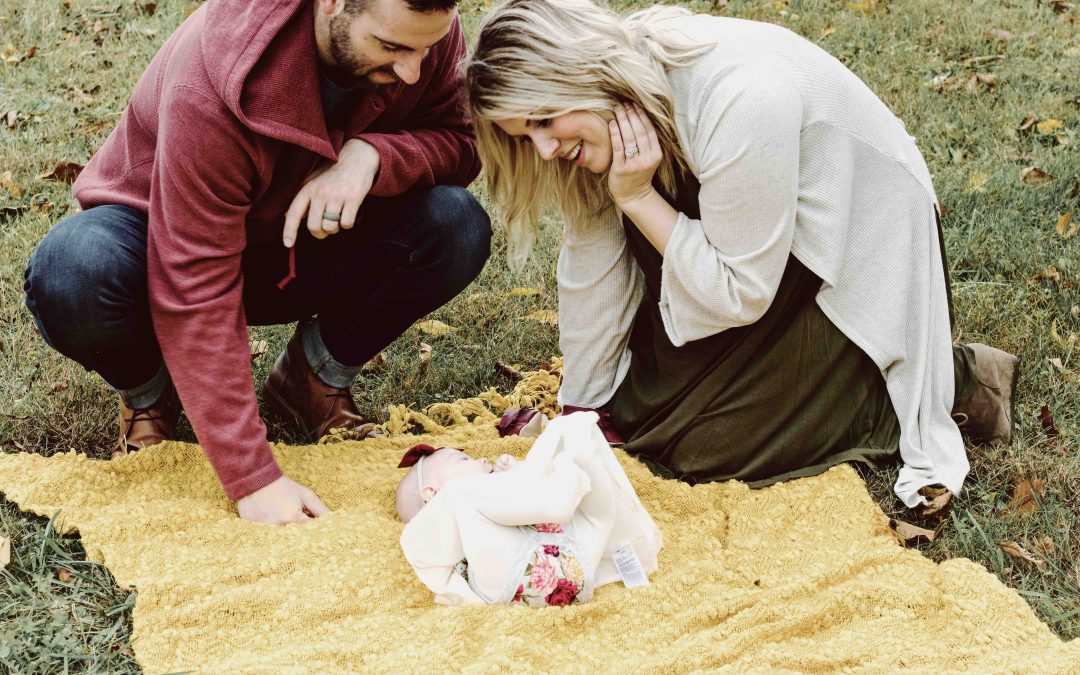This is the third part of a series we have titled “Concepts and Skills of Parenting.” It is adapted from the book Healing Parents: Helping Wounded Children Learn to Trust and Love. To read Part 1 — which provides a look at secure attachment at the start of life — click here. Part 2 explores the core concepts of child development.
The development of trust is a basic task that must be accomplished in the early stages of life.
Trust provides a foundation for future emotional and social growth, and it serves as a template for all future relationships. Trust is learned within the concept of child-parent attachment — an ongoing reciprocal partnership.
One of the primary long-term effects of secure attachment is the development of socialization skills. An important way this is accomplished is by learning reciprocity — the give-and-take of relationships. The reciprocal relationship begins in the womb. Physical and emotional communication between the unborn baby and her parents (particularly Mom) has a major impact on future health and development. Every sensory system of the fetus is capable of functioning. For example, a 5-month-old fetus can recognize the voices of his mother and father (DeCasper & Fifer, 1980). Mother and unborn baby are in sync, already forming a reciprocal attachment. They even coordinate sleep and activity schedules. Pregnant women instinctively rub their abdomen gently in response to their baby’s kicks and talk in soft, soothing ways. Many believe this to be the beginning of the child feeling loved and wanted.
A newborn baby’s nervous system is not well-organized. It is through the mutual give and take between infant and parent/caregiver that organization and development happens. For example, the baby’s smile brings joy and pleasure to Mom and Dad, motivating them to cuddle and stay close. Conversely, a father’s familiar smile soothes and relaxes the baby. His love and sensitivity actually regulates his baby’s body and brain. The same goes for Mom, whose touch also stimulates growth hormones. Her milk even changes the baby’s heart rate.
By 3 months of age, more than 50 percent of the moods and behaviors of mothers are influenced by baby, while 40 percent of the infant’s behaviors are a reaction to Mom. Mothers and babies continuously affect each other — a “dance of reciprocity,” as researchers Tronick and Weinberg called it in 1997.
This reciprocal relationship relies on the baby’s ability to communicate needs and on her parents’ abilities to accurately read her signals and respond in a timely and sensitive way. This occurs in the First Year of Life Attachment Cycle. The infant communicates needs through arousal (for example, by crying, with facial expressions and motion), and parents meet the baby’s needs. Through the ongoing alleviation of arousal and discomfort, and gratification of basic needs, a baby develops trust and security. This also directly affects a child’s developing sense of self, impulse control and the ability to form loving and compassionate relationships in the future.


